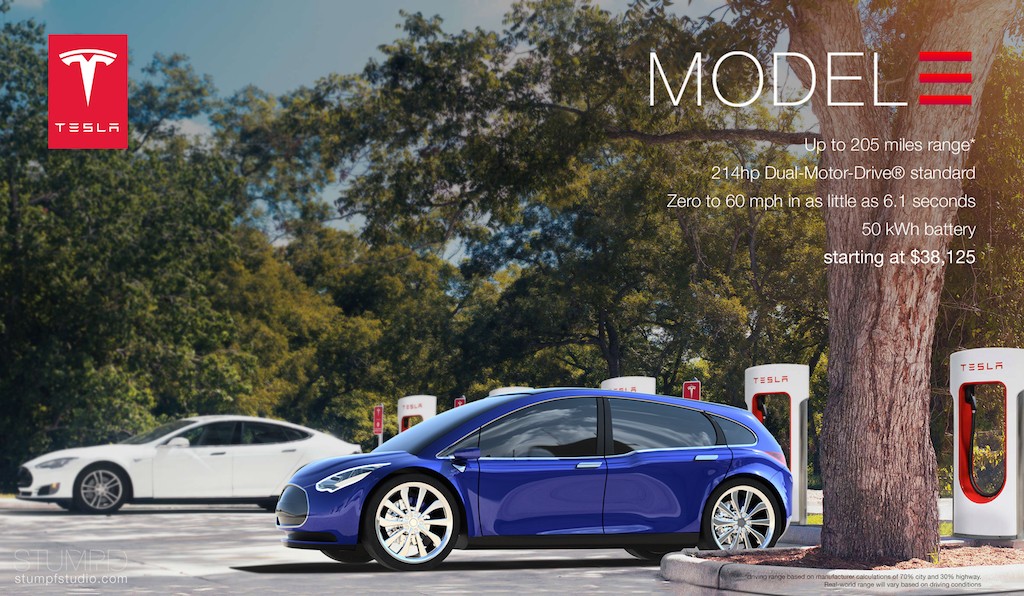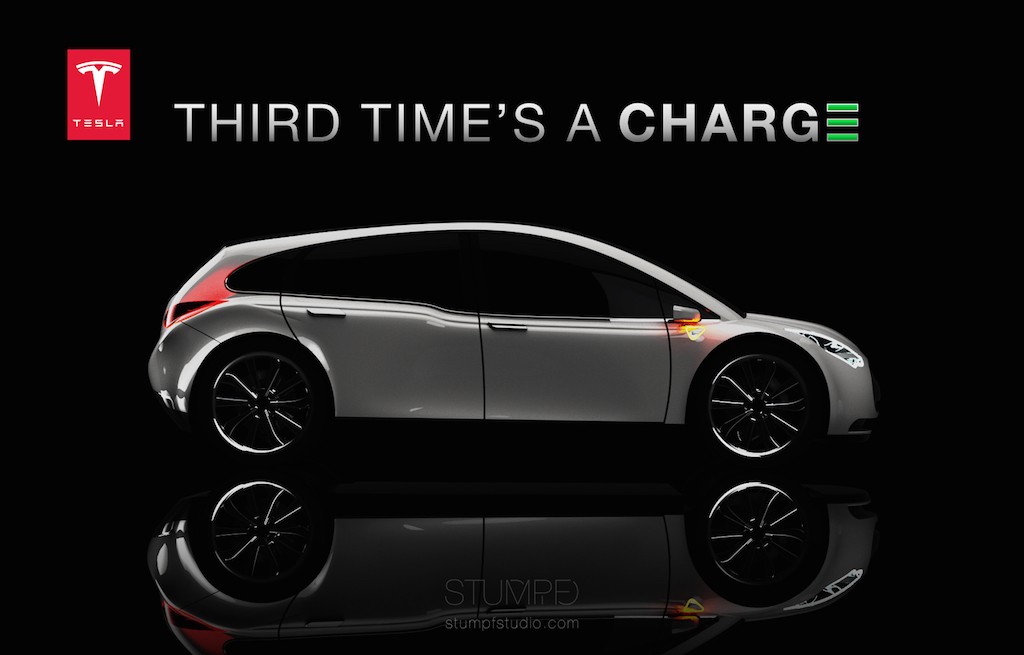News
What We Know About the Tesla Model 3 and What We Don’t
We have some idea about the size and features of the upcoming Tesla Model III. What we don’t know is what it will look like or how much it will cost.
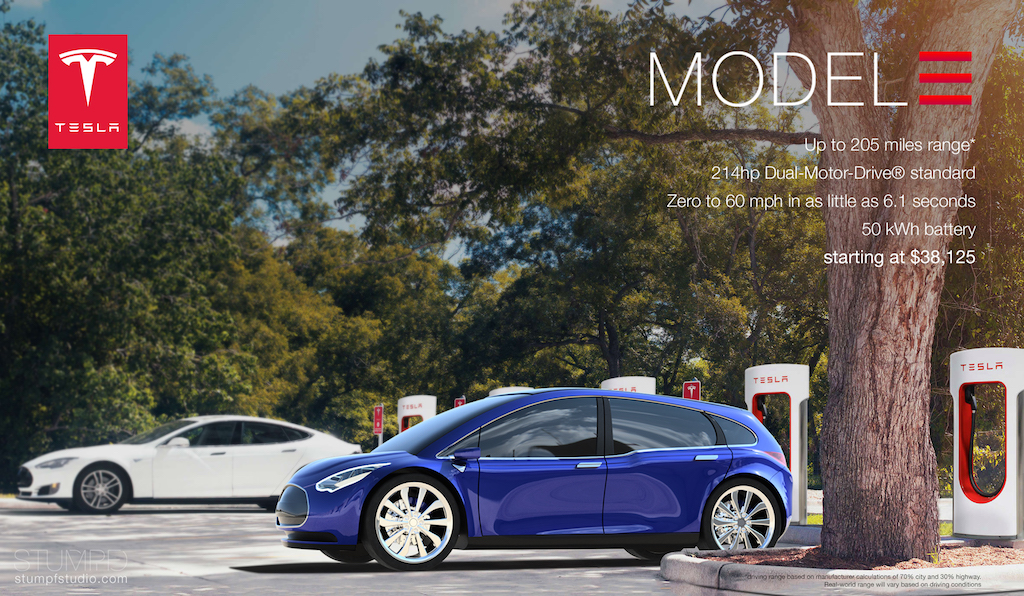
Tesla has been tight lipped about the Model 3 that is in the works. Elon Musk says it won’t look like any other car on the road, but what does that mean? Will it have 6 wheels or a raised seating platform so drivers can look down on the other, more mundane cars on the road? For guidance, we need to look at the words of Elon Musk himself.
Here’s what we know about the Tesla Model 3:
1. The Model 3 will be about 20% smaller than the Model S, says Musk. But in typical faction, he adds a hook to that statement. “One easy thing to do would be to make a 20 percent smaller Model S. That would be easy to do, but I think we might be able to do a few more interesting things than just that.”
2. It will probably be powered by the smaller of the two motors currently used by the Model S. “That smaller drive unit in many ways is a precursor for the Model 3. Because it represents a significant improvement in cost, and in steady state power, and a number of other factors. It’s a second generation motor, essentially, and that’s a good pathfinder for Model 3 on the powertrain side.”
3. It will have two separate versions, but not right away. “There are things we could do with the Model 3 platform that are really adventurous but would put the schedule at risk. So what we’re going to do is have something that’s going to be an amazing car, but it won’t be the most adventurous version the Model 3 to begin with. But we will then have the more different version of the Model 3, on the Model 3 platform, following the initial version.”
RELATED >>> Affordable Tesla Model 3 will utilize steel construction
4. It will arrive on time. Tesla seems to have learned from the on again/off again scheduling of the Model X that it is important to get this car to market when promised. A concept version of the Model 3 is expected to appear early in 2016. “We don’t want the delays that affected the X to affect the Model 3. We’re really being quite conscientious about this.”
Here’s what we don’t know:
1. What will the Model 3 look like? Stumpf Studio has released some design studies that may — or may not — offer clues to the appearance of the Model 3. Auto Moto has also floated its notion of what the Tesla Model 3 might look like on the internet. Bear in mind that neither are officially sanctioned by Tesla, even though the Stumpf Studios efforts include the official company logo. The Auto Moto concept incorporates some of the design language of the latest Jaguar F Type coupe, especially at the rear.
The one thing everyone seems to agree on is that the car will be a hatchback. Partly that’s because the Model S and the Model X have hatches and partly that’s because a a smaller car almost begs for a hatch in order to allow families to fit all their stuff inside.
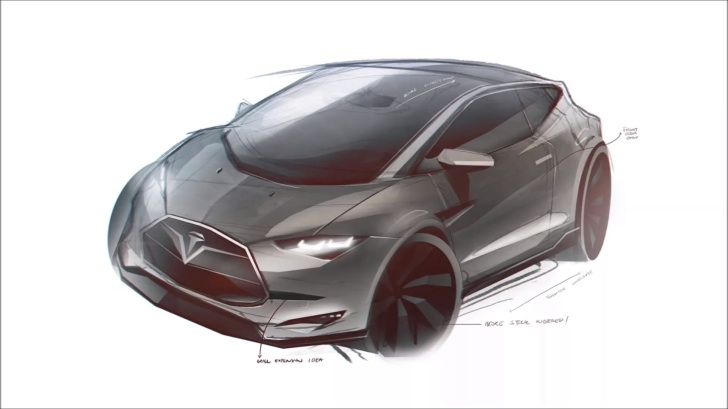
One enthusiast’s rendition of what a Tesla Model 3 compact may look like. (Source: Autoevolution.com)
2. How much will the Model 3 cost? Elon Musk has said that Tesla will be selling “millions” of cars in a few years. But it won’t be selling millions of its Model S cars, despite the fact that the Model S is a wonderful automobile. Tesla needs a moderately priced car if it hopes to become a volume seller.
As far as anyone knows, the Model 3 is the car that will make Tesla a leader in the car business. That means getting the pricing right is critical to the company’s future. It is widely believed that the Model 3 will have about 200 miles of range and sell for around $35,000 after all federal and state incentives. But is that realistic?
One skeptic, Menahem Anderman, predicts Tesla will have to charge at least $50,000 for the Model 3 in order to make money. Anderman is not some flake. He has organized the Advanced Automotive Batteries Conference for almost two decades now.
3. When will it arrive? There are rumors that a concept car will appear in the spring of 2016, with production beginning sometime in 2017. But Elon Musk, despite his many good qualities, has always been overly optimistic about when Tesla products will be market ready. The Model S was almost two years late arriving and the Model X has had numerous delays.
How accurate is that “sometime in 2017” prediction for the Model 3? That’s anybody’s guess. One thing is for certain, though. The Model 3 will probably not feature anything resembling the “falcon wing” doors that are the trademark of the Model X.
Source: CleanTechnica
Elon Musk
Tesla schedules Roadster unveiling event, and you won’t believe when it is
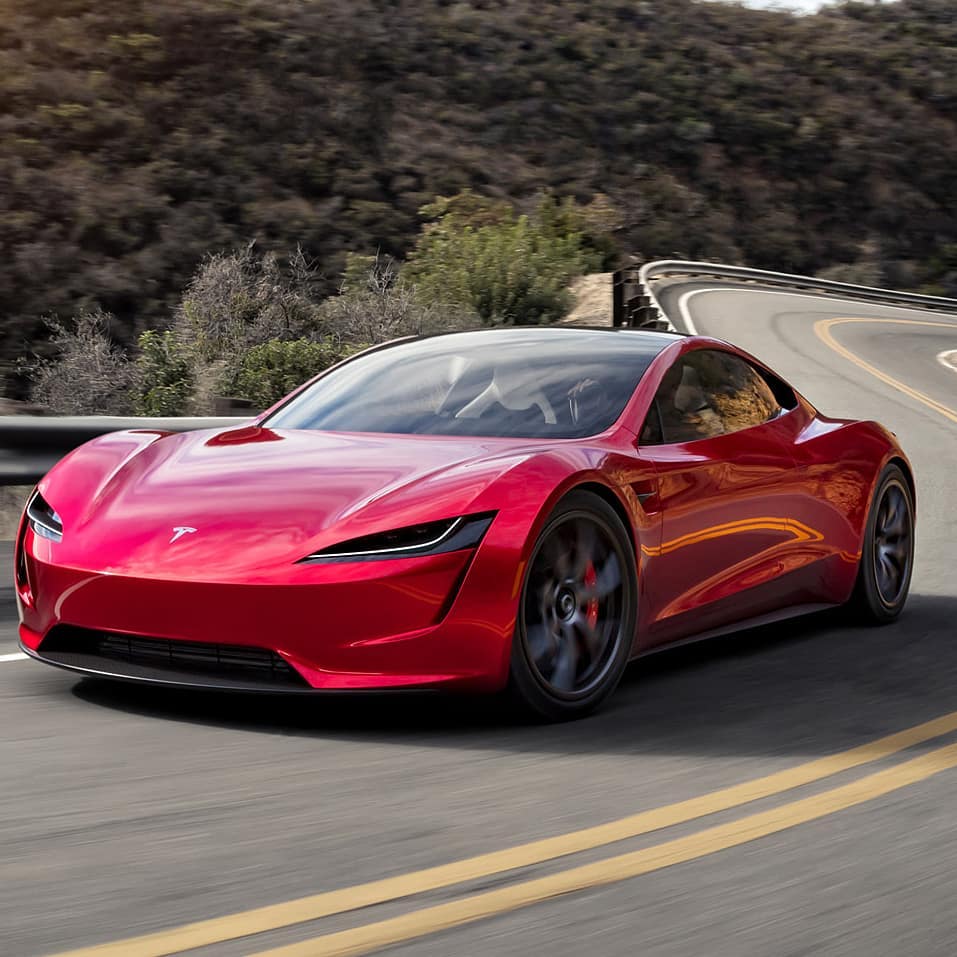
Tesla has tentatively scheduled its unveiling event for the Roadster’s next-generation iteration, and you will not believe the date the company picked for it.
Tesla CEO Elon Musk said during the 2025 Annual Shareholders Meeting that the company is aiming for an April 1 demo event.
Yes, April Fools’ Day.
🚨 Tesla’s unveiling event for the Roadster Gen 2 is scheduled for April 1, 2026.
Yes, April Fools’ Day. pic.twitter.com/sw09GUYFPV
— TESLARATI (@Teslarati) November 6, 2025
Tesla originally aimed for its “most epic demo” to take place at the end of this year. However, the writing on the wall as 2025 winds down seemed to indicate the company was not quite ready to show off everything it plans to implement into the Roadster.
Its capabilities have been teased quite heavily throughout most of the year, but the biggest hints came last week when Musk appeared on the Joe Rogan Experience Podcast.
He said:
“Whether it’s good or bad, it will be unforgettable. My friend Peter Thiel once reflected that the future was supposed to have flying cars, but we don’t have flying cars. I think if Peter wants a flying car, he should be able to buy one…I think it has a shot at being the most memorable product unveil ever. [It will be unveiled] hopefully before the end of the year. You know, we need to make sure that it works. This is some crazy technology in this car. Let’s just put it this way: if you took all the James Bond cars and combined them, it’s crazier than that.”
The Roadster has been somewhat of a letdown, at least in its newest version, thus far. Tesla has routinely delayed the project, putting those who put lofty down payments on the car in a weird limbo, lost at what to do.
One notable pre-orderer cancelled his reservation last week and got in a spat with Musk about it.
Now that there is a definitive date for the Roadster unveiling, Musk and Co. should have a more definitive cutoff date for features and capabilities. Chief Designer Franz von Holzhausen said earlier this year that when they showed Musk what they had done with the Roadster, the CEO encouraged them to do even more with it.
This delayed things further.
Musk also said he believes production would begin between 12 and 18 months after the unveiling, putting it out sometime in 2027.
Elon Musk
Tesla (TSLA) shareholders officially approve Elon Musk’s 2025 performance award
To earn his landmark pay package, Musk would be required to lift Tesla’s market capitalization from about $1.1 trillion today to $8.5 trillion over the next decade.
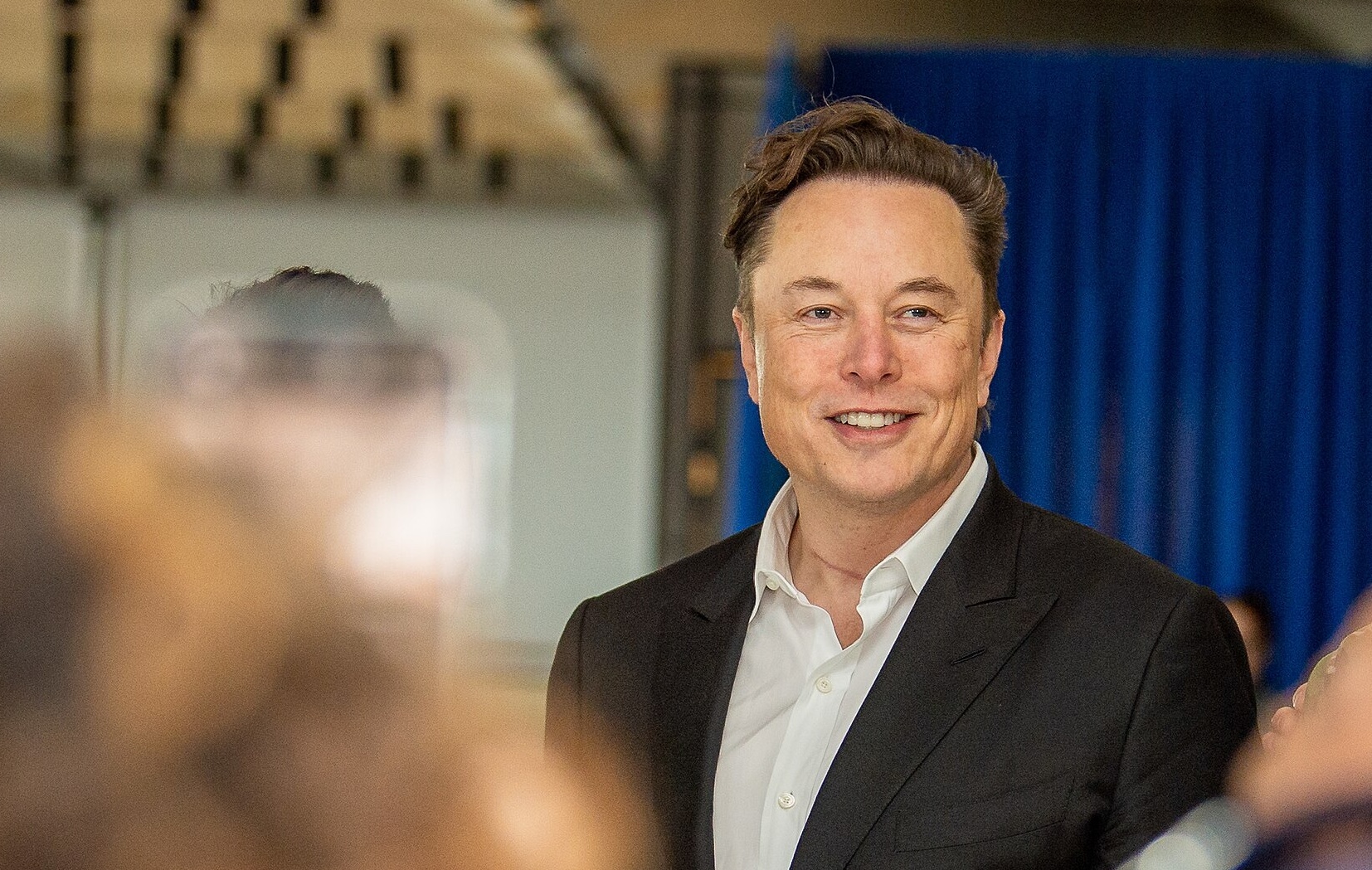
Tesla (NASDAQ:TSLA) CEO Elon Musk has officially approved his 2025 Performance Award, a landmark pay package that could make him the world’s first trillionaire and make Tesla the most valuable company in the world by a mile.
The 2025 CEO Performance Award was officially approved by Tesla shareholders at the 2025 Annual Shareholder Meeting.
Elon Musk‘s landmark pay package
As per Tesla, more than 75% of the shareholders approved Elon Musk’s 2025 CEO Performance Award. It was then unsurprising that the approval of Elon Musk’s pay plan received overwhelming applause from the event’s attendees.
The CEO took to the stage with much enthusiasm, welcoming every shareholder to the event and dancing briefly on stage. Optimus also danced on stage smoothly, demonstrating its improved movements to much appause.
Elon Musk’s 10-year targets
To earn his 2025 CEO Performance Award, Musk would be required to grow Tesla’s market capitalization from about $1.1 trillion today to $8.5 trillion over the next decade. At that level, Tesla would surpass every major public company in existence. The compensation plan also requires Tesla’s operating profit to grow from $17 billion last year to $400 billion annually.
Apart from leading Tesla to become the world’s biggest company in history, Musk is also required to hit several product targets for the electric vehicle maker. These include the delivery of 20 million Tesla vehicles cumulatively, 10 million active FSD subscriptions, 1 million Tesla bots delivered, and 1 million Robotaxis in operation.
Elon Musk
Tesla 2025 Annual Shareholder Meeting: How to watch
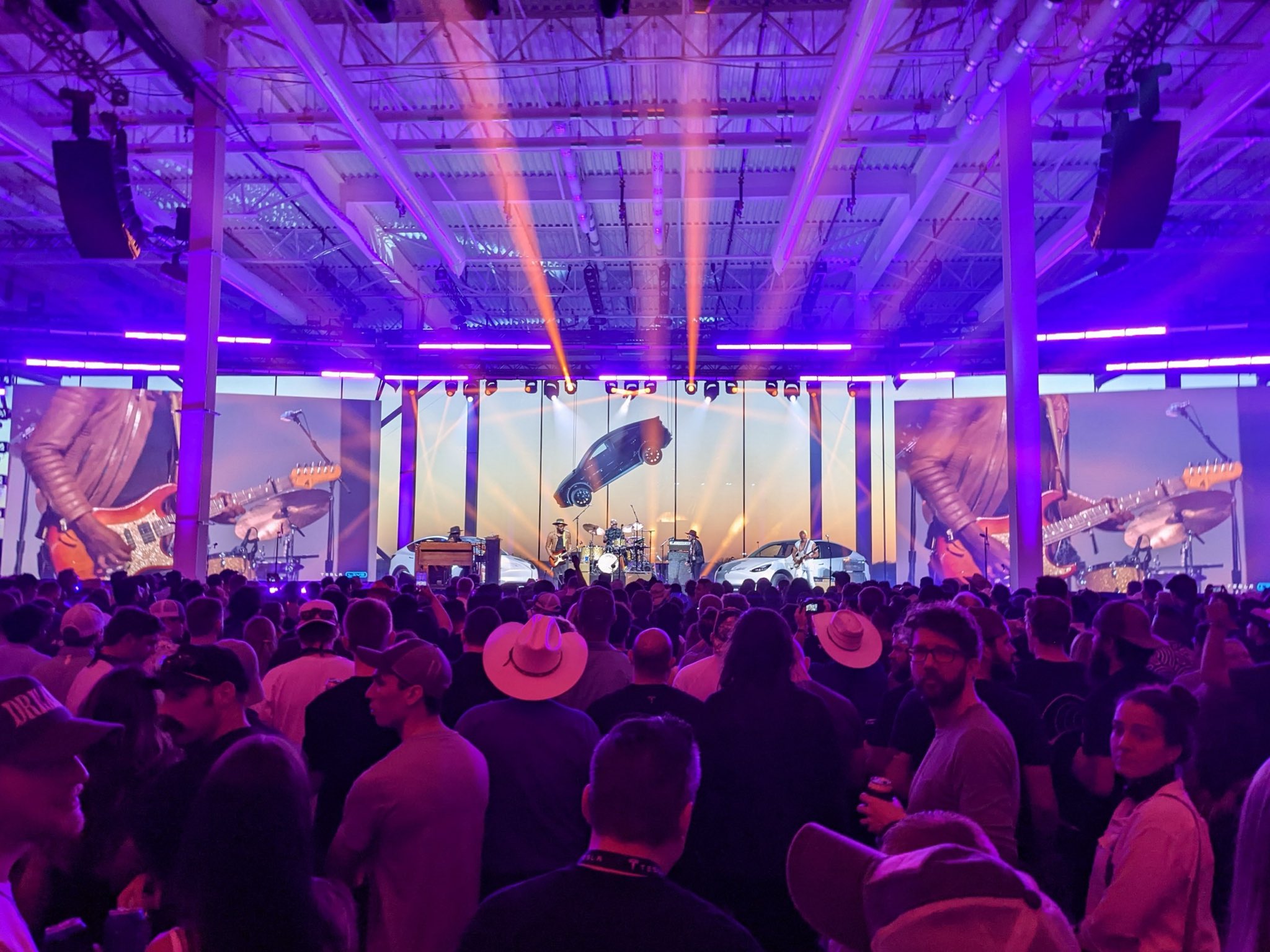
The 2025 Tesla Annual Shareholder Meeting from Gigafactory Texas is set to kick off at 4 p.m. EDT, 3 p.m. CDT.
The company will be having its typical presentation for the event, where CEO Elon Musk, along with other executives will discuss things like future products, the outlook of its self-driving development, potential releases for next year, and some current events within the company.
However, this year’s Shareholder Meeting has slightly more implications than others, as Investors and Shareholders have spent the last several months petitioning and supporting one of the proposals on the docket that could be the deciding factor in Musk staying or leaving Tesla.
Elon Musk’s new pay plan ties trillionaire status to Tesla’s $8.5 trillion valuation
Proposal four outlines a new compensation package for Musk that could give him $1 trillion in shares if he is able to complete a variety of lofty goals related to production, self-driving, and other important company projects.
Musk has said that he is truly after more influence on company decisions, especially as the Tesla Optimus program is ramping up and becoming a more relevant part of the company’s story.
The CEO said during the Q3 Earnings Call that he would not feel comfortable developing an “army of robots” if he did not have a comfortable amount of influence in some of the decisions. He could be voted our or out-influenced by what he calls “activist shareholders.”
One of those investors came after his past pay package, which was approved by shareholders not once, but twice. Musk still was not able to obtain the pay because of a Delaware Chancery Court ruling.
Nevertheless, this is one of the last ditch efforts Tesla is making to get Musk the compensation that he wants.
The meeting is set to kick off at 3 p.m. local time in Austin. You can watch it via the livestream on X:
Here is the link to Tesla’s 2025 Annual Shareholder Meeting:https://t.co/29dN4gkMWY
— TESLARATI (@Teslarati) November 6, 2025
-
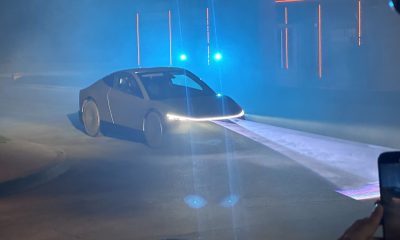
 News1 week ago
News1 week agoTesla Cybercab spotted testing on public roads for the first time
-
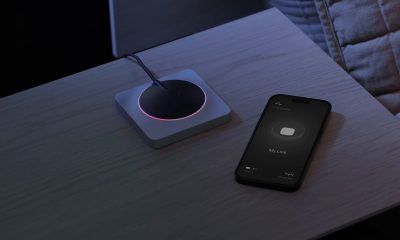
 Elon Musk6 days ago
Elon Musk6 days agoNeuralink’s first patient could receive an upgrade: Elon Musk
-
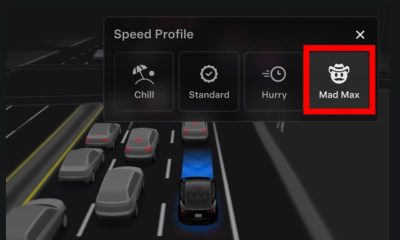
 News2 weeks ago
News2 weeks agoTesla ‘Mad Max’ gets its first bit of regulatory attention
-
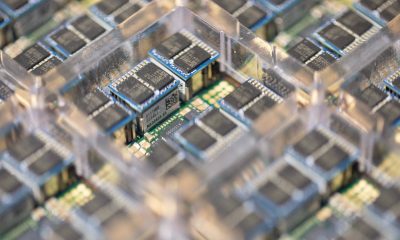
 News2 weeks ago
News2 weeks agoTesla reveals its plans for Hardware 3 owners who are eager for updates
-
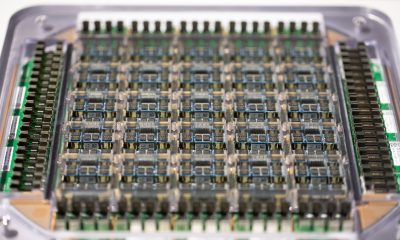
 News2 weeks ago
News2 weeks agoTesla shares AI5 chip’s ambitious production roadmap details
-
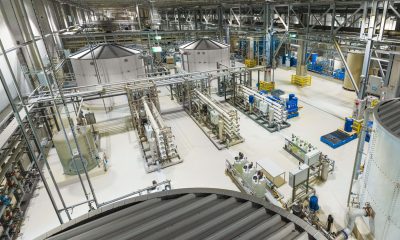
 News2 days ago
News2 days agoTesla Giga Berlin hits a sustainability milestone that’s so impressive, it sounds fake
-

 News7 days ago
News7 days agoNeuralink’s first human patient reflects on 21 months with brain implant “Eve”
-
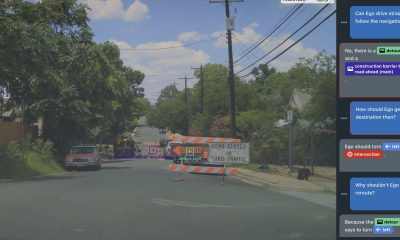
 News2 weeks ago
News2 weeks agoTesla VP explains why end-to-end AI is the future of self-driving

